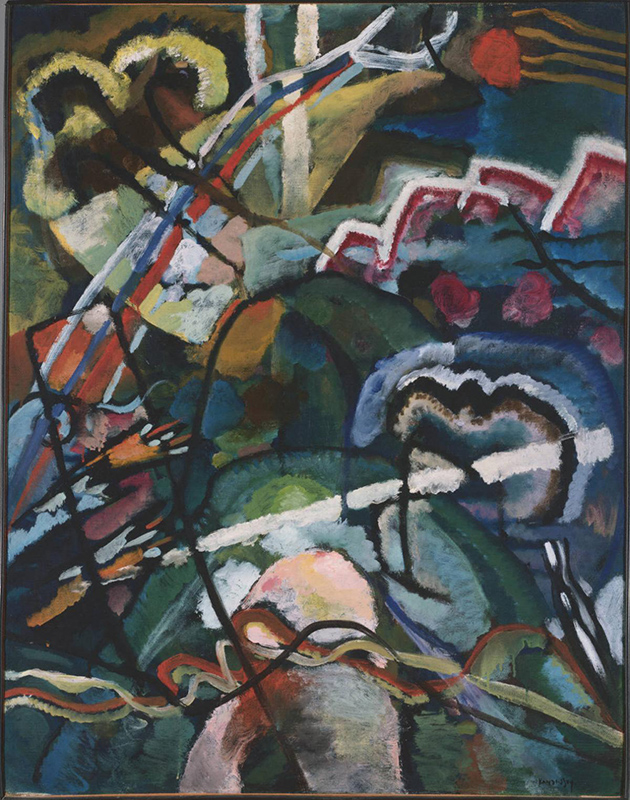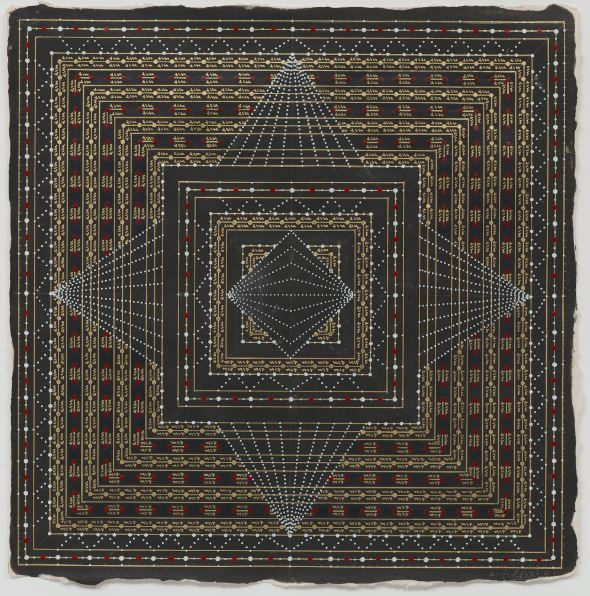Meet our 2022-23 Fellows. As part of our institutional values and commitment to diversity, equity, accessibility, and inclusion, the fellowship program is a comprehensive, yearlong paid program that includes hands-on experience, mentoring, and professional development.
Samantha Williams is the Visitor Experience/Digital Audience Engagement Fellow, and will engage in research and application of online and onsite visitor experience initiatives, including exploring best practices via evaluation and assessment.
Samantha received her Bachelor’s in Psychology from the University of Colorado, Boulder and her Master’s in Computer Science from West Chester University. Before joining the Phillips, Samantha worked as a Clinical Research Coordinator for multiple hospitals and healthcare institutions. Her career interests include researching and understanding the ways in which museum goers interact with the art, space, and institution.

Samantha Williams
Why are you interested in working at a museum?
Inspiration. For me, museum culture is inspirational because it encourages creativity, discovery, and expression. I have always wished to be a part of something that pushes connectivity and progression. Art institutions are a great embodiment of this. Also, I appreciate how the typical museum environment is the antithesis of modern-day work culture, which is often fast-paced, isolating, and overwhelmingly stressful.
What brought you to The Phillips Collection?
Before becoming a fellow at The Phillips Collection, I was a frequent visitor. I enjoyed coming to the Phillips for numerous reasons but the highlight for me was how welcoming the space felt. The Phillips seemed tight-knit and invested in both community and art. I love that about the museum and was thrilled to find that there was space for me to contribute.
Please tell us about the projects that you will be working on during your fellowship. What do you hope to accomplish during your fellowship?
I will be working behind the scenes gathering meaningful data from internal and external sources about what makes The Phillips Collection so great and in what ways it can still improve. One of my main projects is to focus on developing useful information collection tools and establishing successful collection processes. Also, I will be conducting field research to better understand the many ways in which the visitor experience is impacted. My goal and hope are to provide the museum with translational data that can be used to make tangible change.
What is your favorite painting/artist here?
One of my favorite artists at The Phillips Collection is Lou Stovall. The Phillips Collection featured many of his works in a special exhibition. I enjoyed learning about his innovative approach to art via printmaking. Non-traditional and mixed media creation is a favorite of mine when it comes to contemporary art. Stovall’s pieces are phenomenal, touching, and fun to experience.
If you were to describe the Phillips in one word, what would that word be?
Inviting
What is a fun fact about you?
When the mood strikes, I enjoy partaking in local fashion shows as a runway model. I have participated in five fashion weeks along the East coast.




